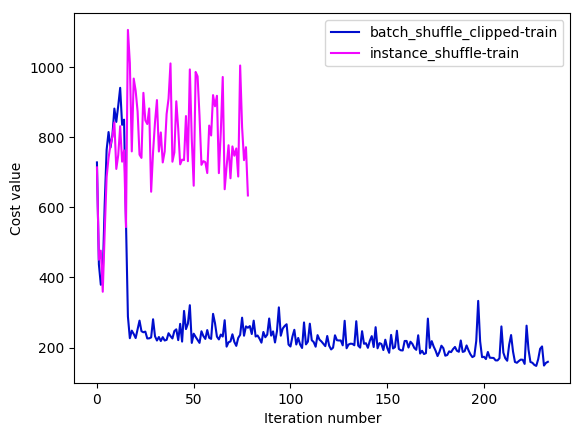firstword = paddle.layer.data(
name="firstw", type=paddle.data_type.integer_value(dict_size))
secondword = paddle.layer.data(
name="secondw", type=paddle.data_type.integer_value(dict_size))
thirdword = paddle.layer.data(
name="thirdw", type=paddle.data_type.integer_value(dict_size))
fourthword = paddle.layer.data(
name="fourthw", type=paddle.data_type.integer_value(dict_size))
nextword = paddle.layer.data(
name="fifthw", type=paddle.data_type.integer_value(dict_size))
Efirst = wordemb(firstword)
Esecond = wordemb(secondword)
Ethird = wordemb(thirdword)
Efourth = wordemb(fourthword)
contextemb = paddle.layer.concat(input=[Efirst, Esecond, Ethird, Efourth])
hidden1 = paddle.layer.fc(input=contextemb,
size=hiddensize,
act=paddle.activation.Sigmoid(),
layer_attr=paddle.attr.Extra(drop_rate=0.5),
bias_attr=paddle.attr.Param(learning_rate=1),
param_attr=paddle.attr.Param(
initial_std=1. / math.sqrt(embsize * 8),
learning_rate=1))
predictword = paddle.layer.fc(input=hidden1,
size=dict_size,
bias_attr=paddle.attr.Param(learning_rate=1),
act=paddle.activation.Softmax())
embsize = 32
hiddensize = 256
N = 5
def main():
paddle.init(use_gpu=False, trainer_count=3)
word_dict = paddle.dataset.imikolov.build_dict()
dict_size = len(word_dict)
_, prediction, _= nnlm(hiddensize, embsize, dict_size)
#with gzip.open("model_params.tar.gz", 'r') as f:
# parameters.from_tar(f)
parameters = paddle.parameters.Parameters.from_tar(gzip.open("model_params.tar.gz", 'r'))
infer_data = []
infer_label_data = []
cnt = 0
for item in paddle.dataset.imikolov.test(word_dict, N)():
infer_data.append((item[:4]))
infer_label_data.append(item[4])
cnt += 1
if cnt == 100:
break
predictions = paddle.infer(
output_layer = prediction,
parameters = parameters,
input = infer_data
)
for i, prob in enumerate(predictions):
print prob, infer_label_data[i]
if __name__ == '__main__':
main()
[(2, 1063, 95, 353), (1063, 95, 353, 5), (95, 353, 5, 335), (353, 5, 335, 51), (5, 335, 51, 2072), (335, 51, 2072, 6), (51, 2072, 6, 319), (2072, 6, 319, 2072), (6, 319, 20, 5), (319, 2072, 5, 0)]









